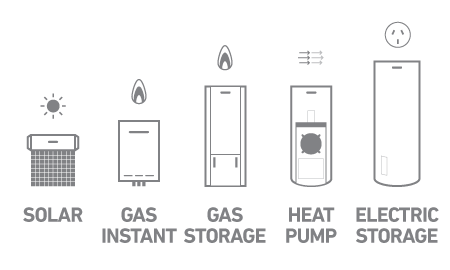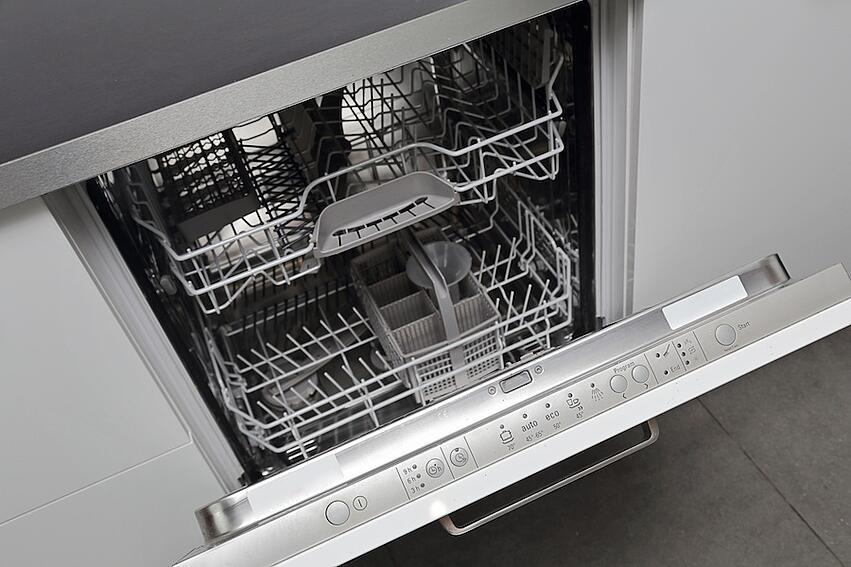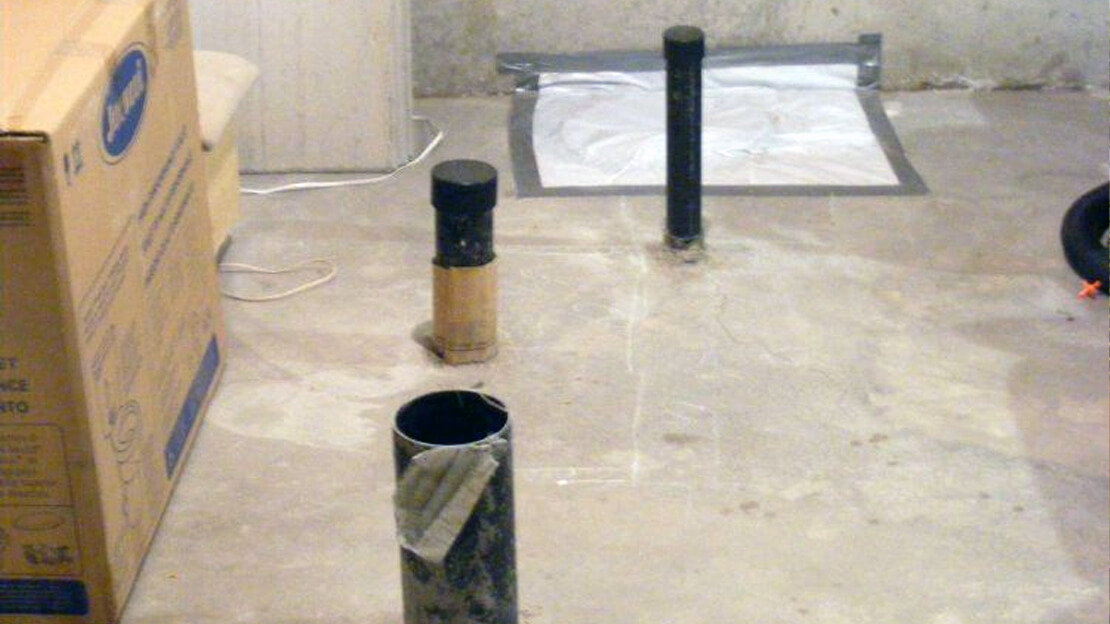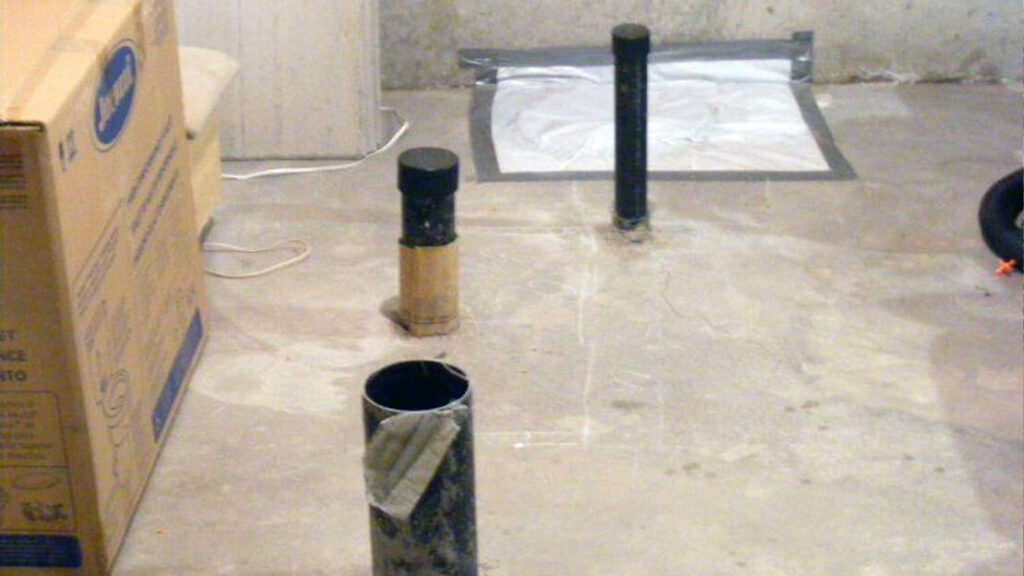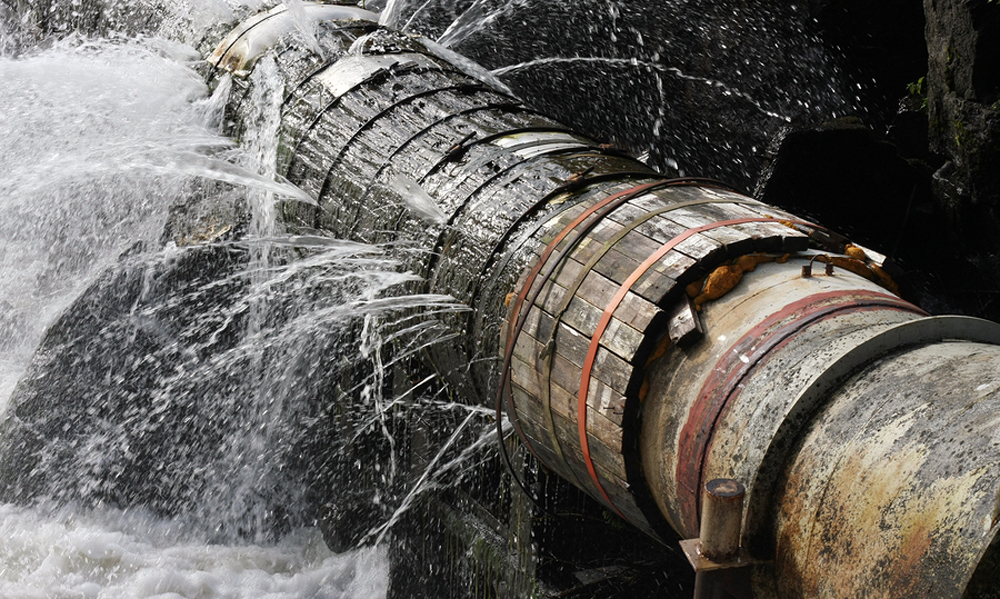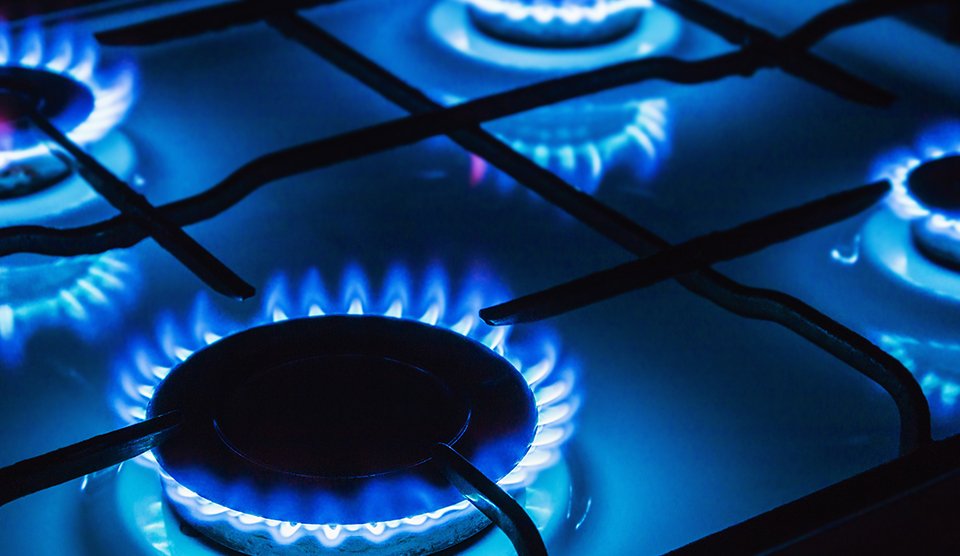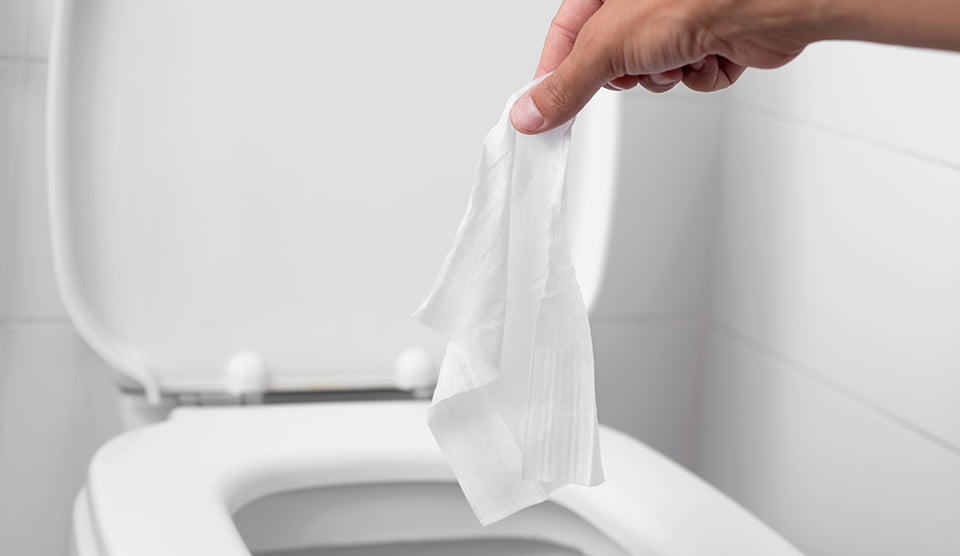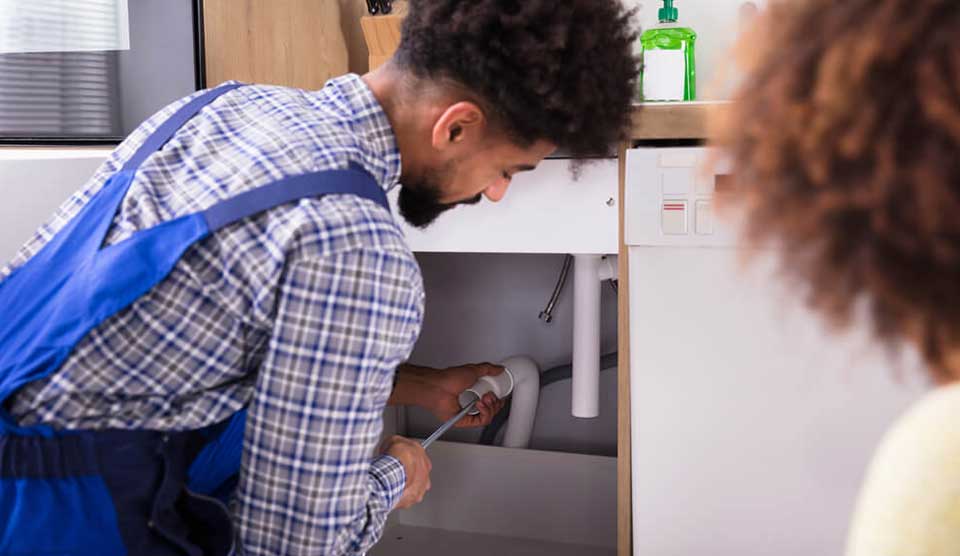Having a hot water system is one of those luxuries that people often take for granted. Are you considering installing one at your place? Here’s all you need to know.
Whether or not you live in a particularly cold area, having access to hot water is essential for living comfortably. Daily chores like cooking, cleaning, and washing clothes can be carried out more efficiently when you have access to hot water.
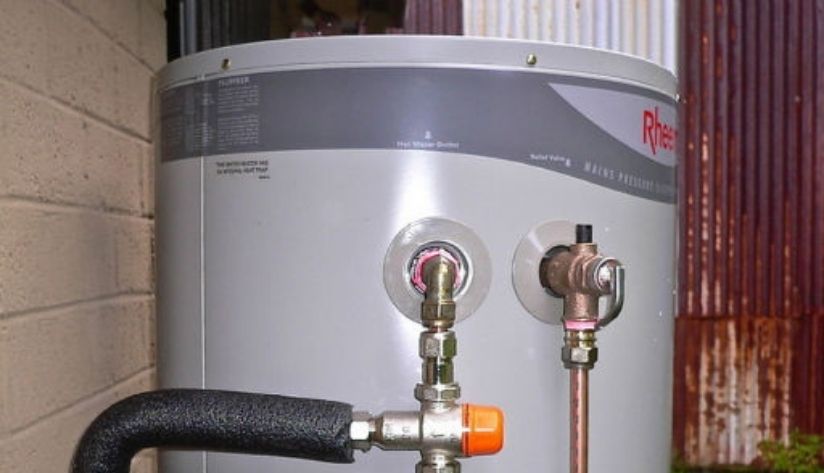
Moreover, hot water is not only beneficial to households but also businesses and other buildings. Whether you are thinking about installing a new hot water system or replacing an old one, knowing their costs can help you pick the right one.
Of course, with dozens of options on the market, choosing the right one can be a daunting task. Fortunately, we are here to help you know more about the prices of hot water systems.
So, without further ado, let’s get straight to the deets!
Price Of A Hot Water System
We can keep this guide short and simple by listing the various brands and the prices of their hot water systems. However, that will not be informative or beneficial for you. Instead, we have decided to list some of the essential factors that can help you determine the right price that you should pay for a hot water system.
Here are some vital factors to keep in mind when calculating its price:
1. The Number Of Users
The first thing you need to consider is how many users will be using the hot water system. A family of four will generally use more hot water in a day compared to a family of two. Moreover, commercial buildings and offices may typically need more hot water than residential buildings.
Depending on the typical use and requirements per day – such as cleaning, washing and cooking, the amount of hot water used by a family may vary. Furthermore, the time of day when hot water is used the most may also play a significant role in determining the right hot water system, and its price.
2. The Size Of The System
It goes without saying that larger hot water systems will cost more than their smaller counterparts. However, a larger system may not always be the right choice for a bigger family or office.
Whether or not you should invest in a large hot water system will depend on your specific requirements. Moreover, where you live may also play a role in the size of unit you should opt for.
Those living in colder regions may require a hot water system more frequently than those living in places with warmer climates. As such, it makes more sense for the former to purchase a large unit that they can use to heat and store more water at a time.
3. Installation & Delivery Costs
Every company operates differently and generally quote varied prices for their installation charges and delivery costs. Typically, they may charge more for larger units as it requires more technicians, time and labour for the same job than a smaller unit would take.
So, if you choose to buy a 15 kg hot water system, the installation and delivery charges quoted by a company may be significantly more than if you buy a 500 ml tank. Not just that, some companies may quote delivery charges depending on your location – the farther away you live, the more they will likely charge.
4. Replacement VS Installation
More often than not, the cost of installing a new hot water system may be more than replacing an old one. Moreover, if you plan on switching the energy source from electric to gas or vice versa, the cost may immediately rise. This is because the technician will require more time, skills and tools to switch the systems and source.
Furthermore, most technicians may recommend that you upgrade your electrical and plumbing system during this process. If you choose to do so, the costs may increase again.
Those who want to change the location of their new hot water system may also incur added expenses. Several measurements need to be made beforehand to ensure that everything fits in place and is safe to use.
5. Location & Access
Not having adequate access to the location you wish to install the new hot water system can significantly increase its price. As such, commercial hot water units may cost more not only because of their size but also because of the challenge of bringing them to the location.
If heavy equipment or tools are required to make the installation process easier, they will factor into the final cost too. Furthermore, locations that feature tight staircases, narrow alleyways or high roofs may also cause a significant price increase.
The Types Of Hot Water Systems
There are several hot water systems you can opt for, according to your specific needs. Depending on the energy source, running costs and brand, the prices of these units may vary.
Here are some of the most common types of hot water systems you will find on the market today:
1. Solar Systems
Although solar hot water systems are not very common, people are slowly becoming more aware of its benefits and uses. Moreover, solar-powered units may end up saving money in the long run as you won’t end up with inflated energy costs.
Using a natural, sustainable source like the sun’s energy is an eco-friendly alternative for those who want to opt for environment-friendly products.
- Roof-mounted solar systems may cost anywhere between $3,600 and $4,400.
- Split system solar heaters cost around $3,900 but may go up to over $5,000.
2. Electric Continuous Flow
This is the most common type of hot water system found in the majority of residential and commercial buildings. They are typically known as ‘tankless water systems’ and heat water as and when required.
- A 25L storage unit will cost you around $450 while a 400L can cost up to $1,800
- The price increases significantly for “instant type” units, costing $660 and $1,300 respectively.
3. Heat Pump
Although heat pump hot water systems are similar to solar-powered ones, these use air conditioning technology instead of solar energy. The energy used to heat water is taken from the ambient air. These systems are ideal for hot climates and work best when they are installed outdoors.
- A 160L heat pump system will typically cost you around $3,300, while a 315L unit may cost $4,000.
4. Gas
Water may or may not be stored (tank or tankless system) in gas-powered hot water systems. Moreover, the water is heated with the help of a burner.
- The “storage type” gas units cost $850 for 135L and $1,500 for 360L.
- The “instant type” gas units cost $750 and $1,500 respectively.
How Much Running Costs Will A Unit Incur?
Depending on the type of hot water system, its energy rating, tariff and energy type, the running costs will vary. As such, it is best to opt for energy star rated units as they are more cost-effective and energy-efficient than others.
Moreover, it is best to take professional help when choosing the right system for your needs. Contact a professional service provider that can help you choose the right type of hot water system, considering its size and your budget considerations. Plus, they can assist you with the delivery and installation of the new unit, or the replacement of your existing unit.
How Can You Find The Best Professionals For Installation?
Installation of a hot water system is no easy task. Not only is it laborious, but also time-consuming and dangerous. The right professional can help you choose the right unit and carry out installing it in the best and safest way possible.
You can look for service pages online, but remember to ask for references before booking an appointment with them. Moreover, make it a point to go through customer reviews and feedback, as this will help you gauge the expertise and competence of a company.
Another way of finding the right professionals for installing your hot water system is to ask for references from friends and family. This will help you choose the right company that is trustworthy, reliable and provides excellent service.
Final Words
Although you may find several mid-range and budget hot water systems on the market, calculating the final price isn’t always straightforward. You need to consider other aspects like your location, the installation and delivery charges, and other essential factors.
That said, having a hot water system can be a source of immense convenience for most people. If you live in a region that experiences very hot summers, opting for solar-powered or heat pump systems may help you save money in the long run. However, the initial cost of installation may be slightly higher compared to other choices.
We hope this guide helped you with what you needed to know. Until next time!
Whether or not you live in a particularly cold area, having access to hot water is essential for living comfortably. Daily chores like cooking, cleaning, and washing clothes can be carried out more efficiently when you have access to hot water.
Moreover, hot water is not only beneficial to households but also businesses and other buildings. Whether you are thinking about installing a new hot water system or replacing an old one, knowing their costs can help you pick the right one.
Of course, with dozens of options on the market, choosing the right one can be a daunting task. Fortunately, we are here to help you know more about the prices of hot water systems.
So, without further ado, let’s get straight to the deets!
Price Of A Hot Water System
We can keep this guide short and simple by listing the various brands and the prices of their hot water systems. However, that will not be informative or beneficial for you. Instead, we have decided to list some of the essential factors that can help you determine the right price that you should pay for a hot water system.
Here are some vital factors to keep in mind when calculating its price:
1. The Number Of Users
The first thing you need to consider is how many users will be using the hot water system. A family of four will generally use more hot water in a day compared to a family of two. Moreover, commercial buildings and offices may typically need more hot water than residential buildings.
Depending on the typical use and requirements per day – such as cleaning, washing and cooking, the amount of hot water used by a family may vary. Furthermore, the time of day when hot water is used the most may also play a significant role in determining the right hot water system, and its price.
2. The Size Of The System
It goes without saying that larger hot water systems will cost more than their smaller counterparts. However, a larger system may not always be the right choice for a bigger family or office.
Whether or not you should invest in a large hot water system will depend on your specific requirements. Moreover, where you live may also play a role in the size of unit you should opt for.
Those living in colder regions may require a hot water system more frequently than those living in places with warmer climates. As such, it makes more sense for the former to purchase a large unit that they can use to heat and store more water at a time.
3. Installation & Delivery Costs
Every company operates differently and generally quote varied prices for their installation charges and delivery costs. Typically, they may charge more for larger units as it requires more technicians, time and labour for the same job than a smaller unit would take.
So, if you choose to buy a 15 kg hot water system, the installation and delivery charges quoted by a company may be significantly more than if you buy a 500 ml tank. Not just that, some companies may quote delivery charges depending on your location – the farther away you live, the more they will likely charge.
4. Replacement VS Installation
More often than not, the cost of installing a new hot water system may be more than replacing an old one. Moreover, if you plan on switching the energy source from electric to gas or vice versa, the cost may immediately rise. This is because the technician will require more time, skills and tools to switch the systems and source.
Furthermore, most technicians may recommend that you upgrade your electrical and plumbing system during this process. If you choose to do so, the costs may increase again.
Those who want to change the location of their new hot water system may also incur added expenses. Several measurements need to be made beforehand to ensure that everything fits in place and is safe to use.
5. Location & Access
Not having adequate access to the location you wish to install the new hot water system can significantly increase its price. As such, commercial hot water units may cost more not only because of their size but also because of the challenge of bringing them to the location.
If heavy equipment or tools are required to make the installation process easier, they will factor into the final cost too. Furthermore, locations that feature tight staircases, narrow alleyways or high roofs may also cause a significant price increase.
The Types Of Hot Water Systems
There are several hot water systems you can opt for, according to your specific needs. Depending on the energy source, running costs and brand, the prices of these units may vary.
Here are some of the most common types of hot water systems you will find on the market today:
1. Solar Systems
Although solar hot water systems are not very common, people are slowly becoming more aware of its benefits and uses. Moreover, solar-powered units may end up saving money in the long run as you won’t end up with inflated energy costs.
Using a natural, sustainable source like the sun’s energy is an eco-friendly alternative for those who want to opt for environment-friendly products.
- Roof-mounted solar systems may cost anywhere between $3,600 and $4,400.
- Split system solar heaters cost around $3,900 but may go up to over $5,000.
2. Electric Continuous Flow
This is the most common type of hot water system found in the majority of residential and commercial buildings. They are typically known as ‘tankless water systems’ and heat water as and when required.
- A 25L storage unit will cost you around $450 while a 400L can cost up to $1,800
- The price increases significantly for “instant type” units, costing $660 and $1,300 respectively.
3. Heat Pump
Although heat pump hot water systems are similar to solar-powered ones, these use air conditioning technology instead of solar energy. The energy used to heat water is taken from the ambient air. These systems are ideal for hot climates and work best when they are installed outdoors.
- A 160L heat pump system will typically cost you around $3,300, while a 315L unit may cost $4,000.
4. Gas
Water may or may not be stored (tank or tankless system) in gas-powered hot water systems. Moreover, the water is heated with the help of a burner.
- The “storage type” gas units cost $850 for 135L and $1,500 for 360L.
- The “instant type” gas units cost $750 and $1,500 respectively.
How Much Running Costs Will A Unit Incur?
Depending on the type of hot water system, its energy rating, tariff and energy type, the running costs will vary. As such, it is best to opt for energy star rated units as they are more cost-effective and energy-efficient than others.
Moreover, it is best to take professional help when choosing the right system for your needs. Contact a professional service provider that can help you choose the right type of hot water system, considering its size and your budget considerations. Plus, they can assist you with the delivery and installation of the new unit, or the replacement of your existing unit.
How Can You Find The Best Professionals For Installation?
Installation of a hot water system is no easy task. Not only is it laborious, but also time-consuming and dangerous. The right professional can help you choose the right unit and carry out installing it in the best and safest way possible.
You can look for service pages online, but remember to ask for references before booking an appointment with them. Moreover, make it a point to go through customer reviews and feedback, as this will help you gauge the expertise and competence of a company.
Another way of finding the right professionals for installing your hot water system is to ask for references from friends and family. This will help you choose the right company that is trustworthy, reliable and provides excellent service.
Final Words
Although you may find several mid-range and budget hot water systems on the market, calculating the final price isn’t always straightforward. You need to consider other aspects like your location, the installation and delivery charges, and other essential factors.
That said, having a hot water system can be a source of immense convenience for most people. If you live in a region that experiences very hot summers, opting for solar-powered or heat pump systems may help you save money in the long run. However, the initial cost of installation may be slightly higher compared to other choices.
We hope this guide helped you with what you needed to know. Until next time!







